Cold heading is used to make the heads, or fasteners, on cylindrical parts such as bolts and screws which are used in almost every industry including construction, hardware, agriculture, furniture and manufacturing. Cold headed fasteners are used to secure two components together and so are required to be strong and durable. Read More…
At Grandeur Fasteners, Inc., we take pride in our ability to deliver top-quality cold-headed parts designed to meet the most demanding applications. Our expertise lies in producing precision fasteners and components through advanced cold-heading techniques, allowing us to create high-strength, durable products that perform under pressure. Our engineering and manufacturing capabilities enable us...
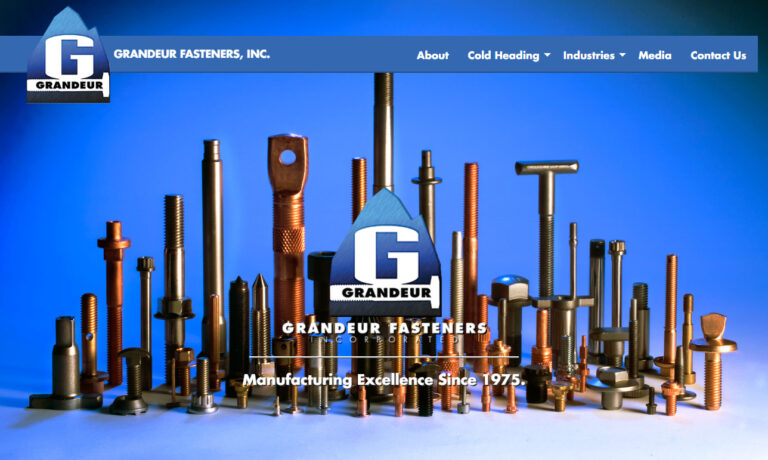
At Chicago Rivet & Machine Co., we pride ourselves on being a leader in the manufacturing of cold-headed parts, offering a comprehensive suite of products and services designed to meet the diverse needs of our clients across various industries. With decades of experience in the field, we specialize in producing high-quality rivets, bolts, and specialty fasteners, meticulously crafted to precise...
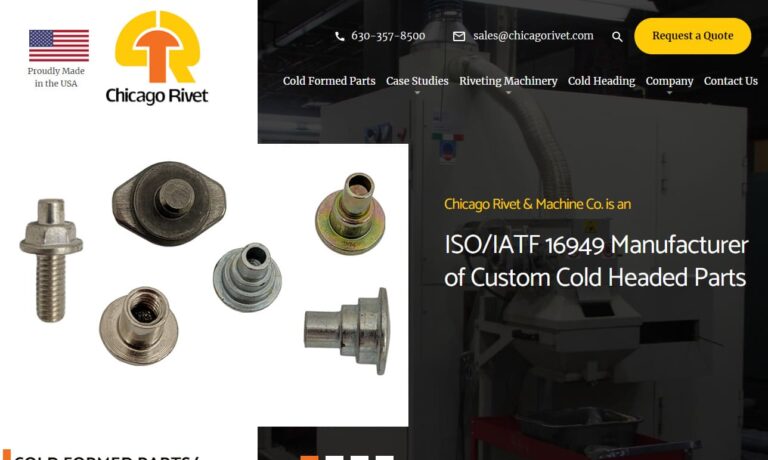
At Grob, Inc., we specialize in the production of high-quality cold-headed parts, utilizing advanced technology and innovative manufacturing processes. Our commitment to precision and excellence enables us to deliver components that meet the stringent demands of various industries, including automotive, aerospace, and construction.
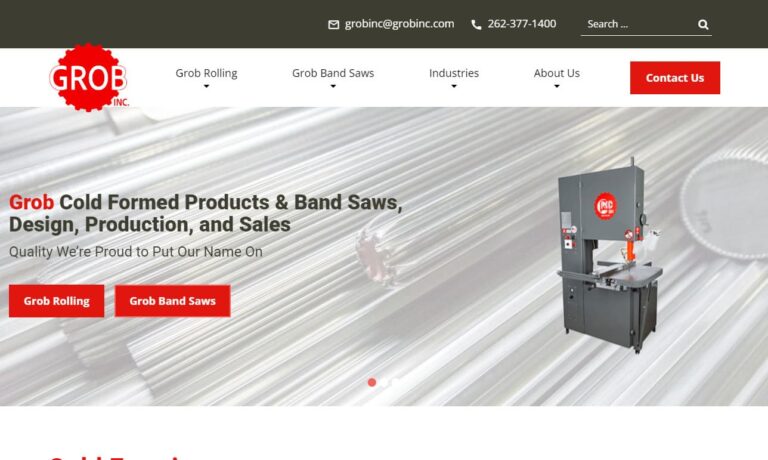
At Skach Manufacturing Co., we take pride in our extensive expertise in producing high-quality cold-headed parts tailored to meet the diverse needs of our customers across various industries. Our commitment to precision engineering and innovative manufacturing techniques enables us to deliver products that exceed industry standards and client expectations.

More Cold Heading Manufacturers
Traditionally, cold heading could only be used to produce simple parts, but today with the addition of automotive and multi-station machinery, cold heading operations are capable of producing more complex parts as well. High pressure is applied by a cold header or cold forming machine to a metal blank, forcing it into a die.
The applied pressure must be greater than the elastic limit of the material in order for it to deform and be flexible enough to change shape. Materials which are commonly used in the process of cold heading include steel and stainless steel, aluminum, brass and various alloys. Stainless steel is a popular cold forming choice due to its material properties of strength and corrosion resistance.
Products formed through the process of cold working are typically dense and retain their material strength. The surface finish of a number of products is improved during the process as it is put under great stress and forced to adapt. There are also a number of other advantages to using cold forming manufacturing processes.
It is a volume-specific process that does not cut-away material in the forming process, and produces minimal scrap and waste. Other cold forming operations can be performed simultaneously such as sizing, piercing, thread rolling and blank rolling. In terms of efficient use of resources, the metal blank is used entirely in the new shape and requires minimal, if any, secondary finishing processes.
As the nature of the process is fairly straightforward, it allows for great versatility in terms of shapes. Cold heading is also an efficient process, with automatic feeding options allowing for high volume output of consistent parts. Sourcing quality raw materials is essential as this will affect the quality of the finished products. Design of the fastener or component is also important, options for heads include hexagonal, round or square, radial slot, head with slits, collar or multi-diameter extrusion.



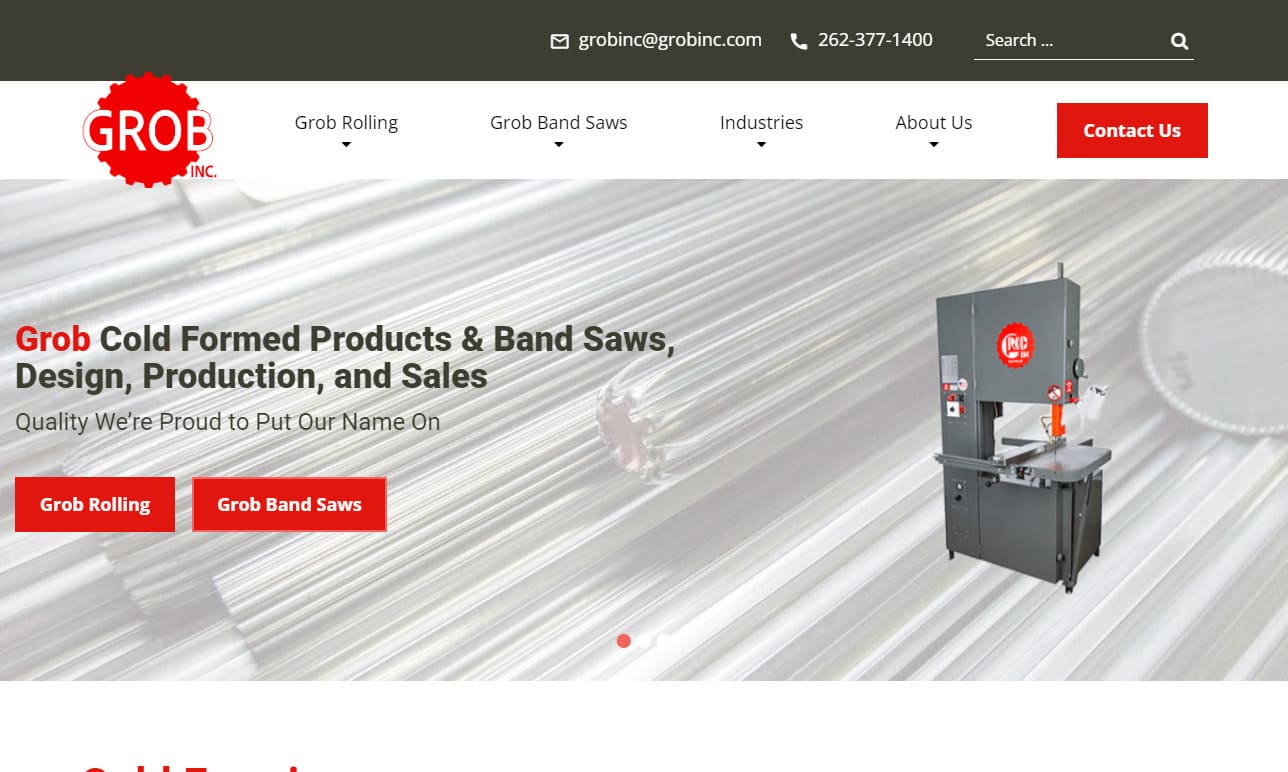
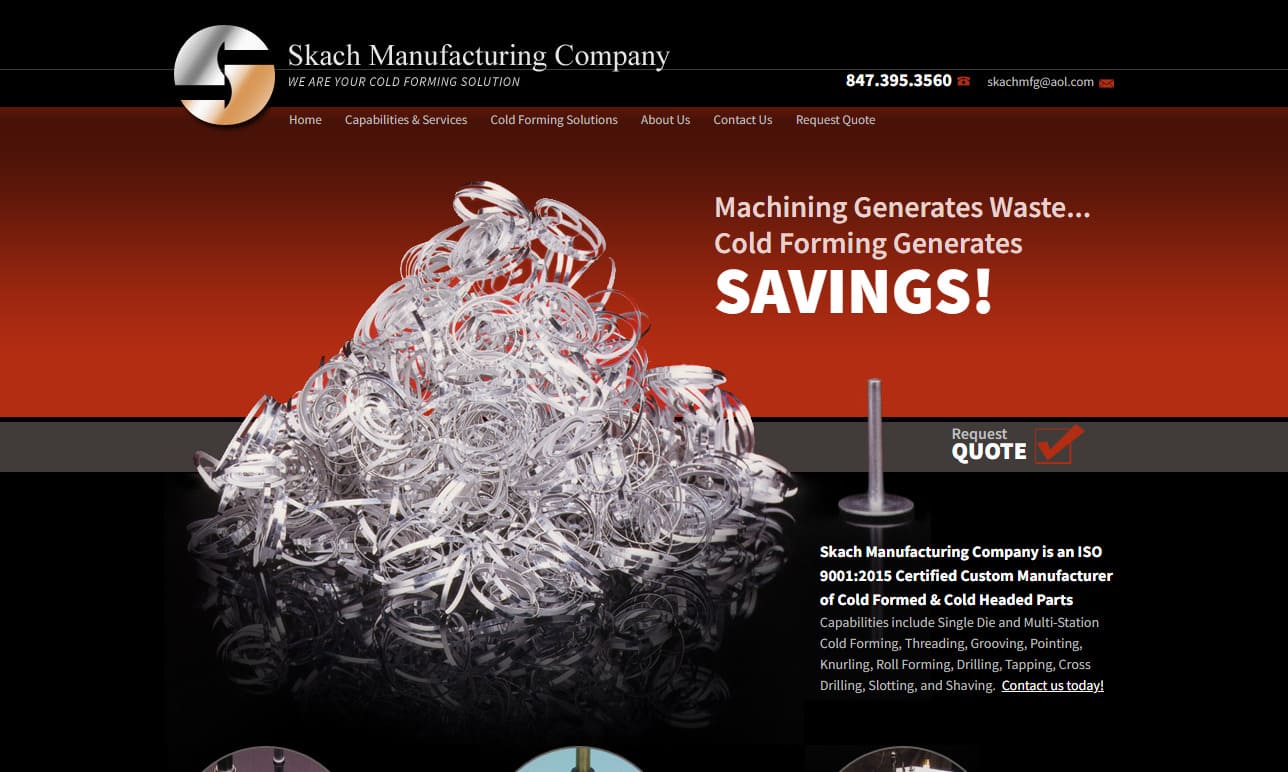

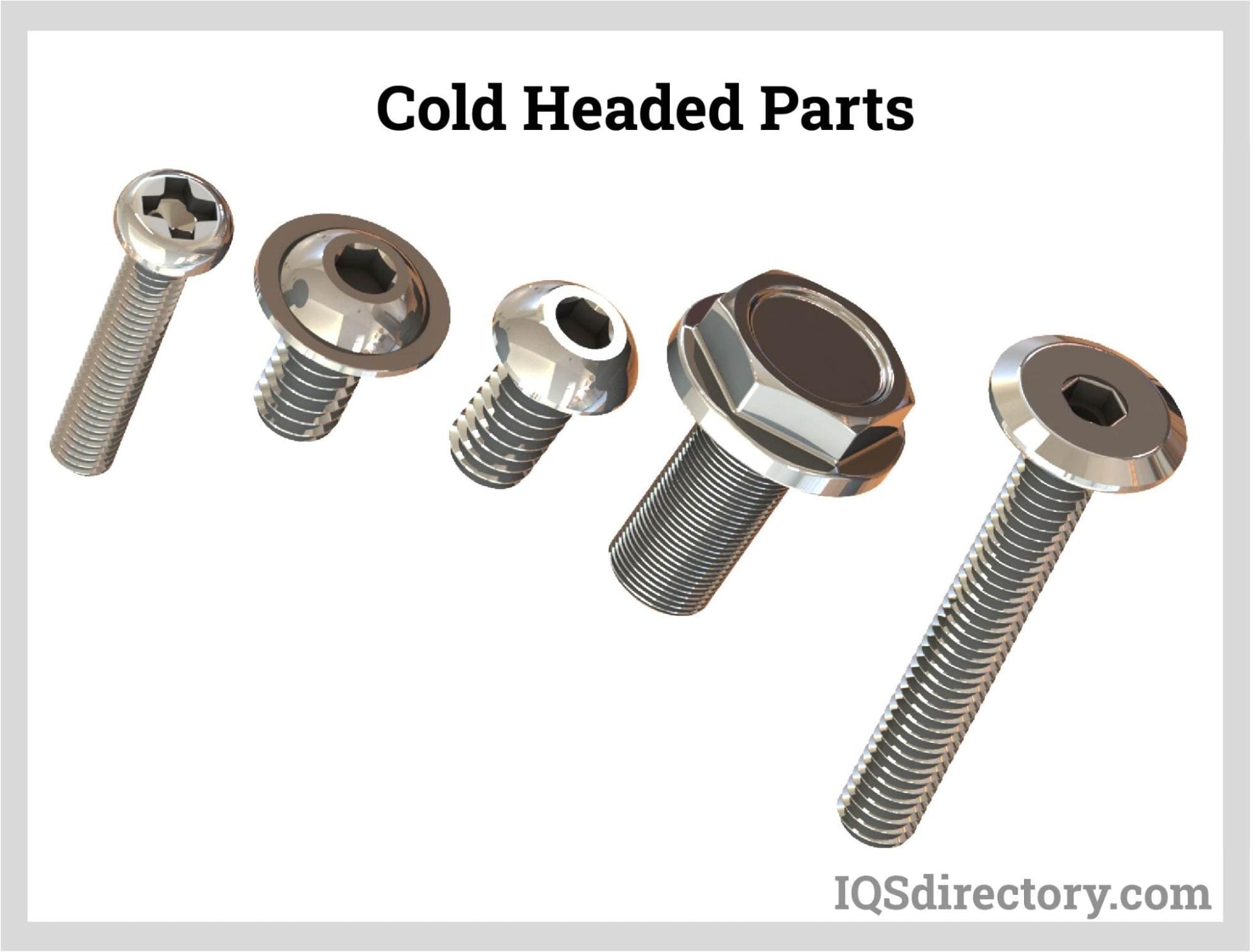
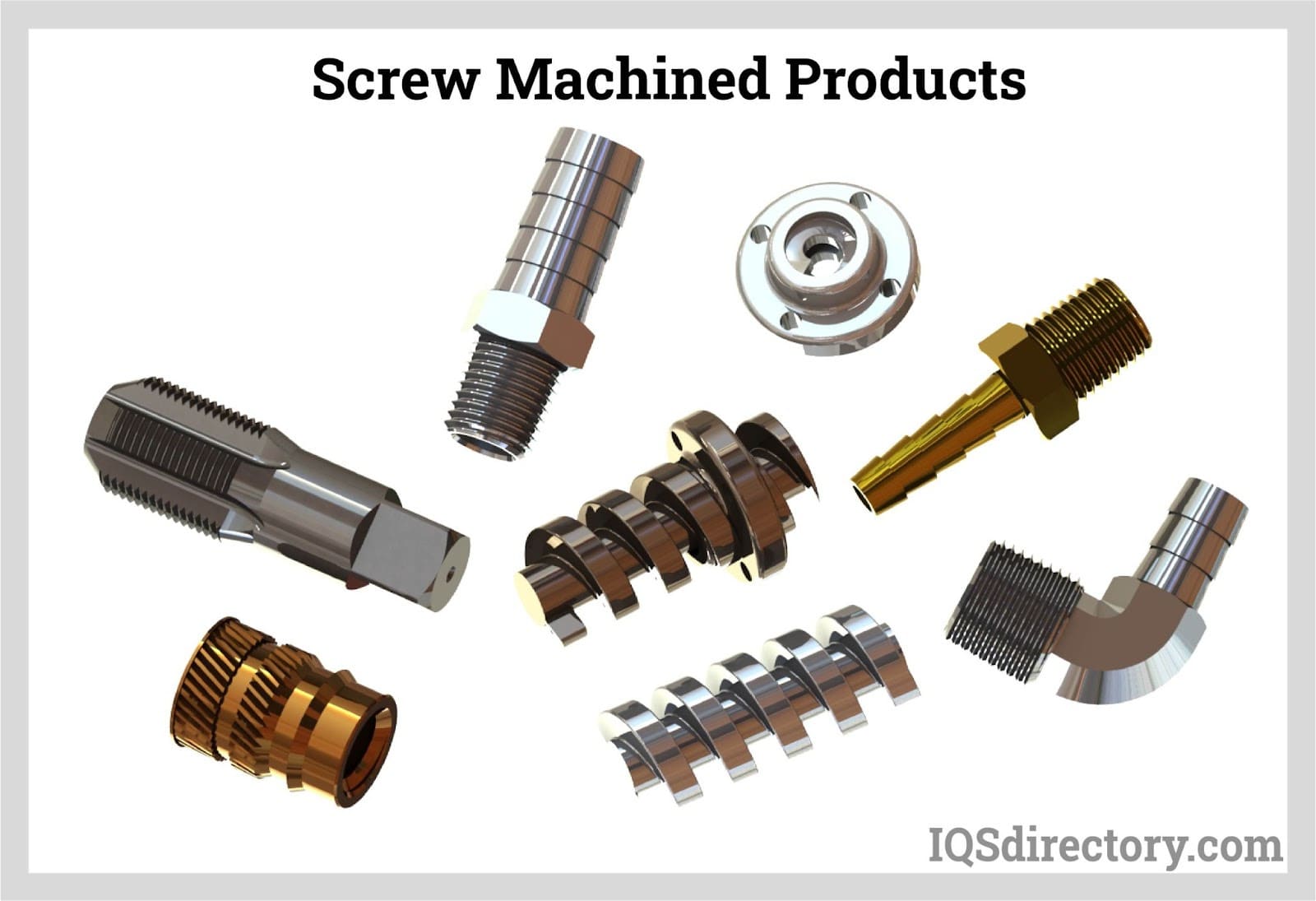
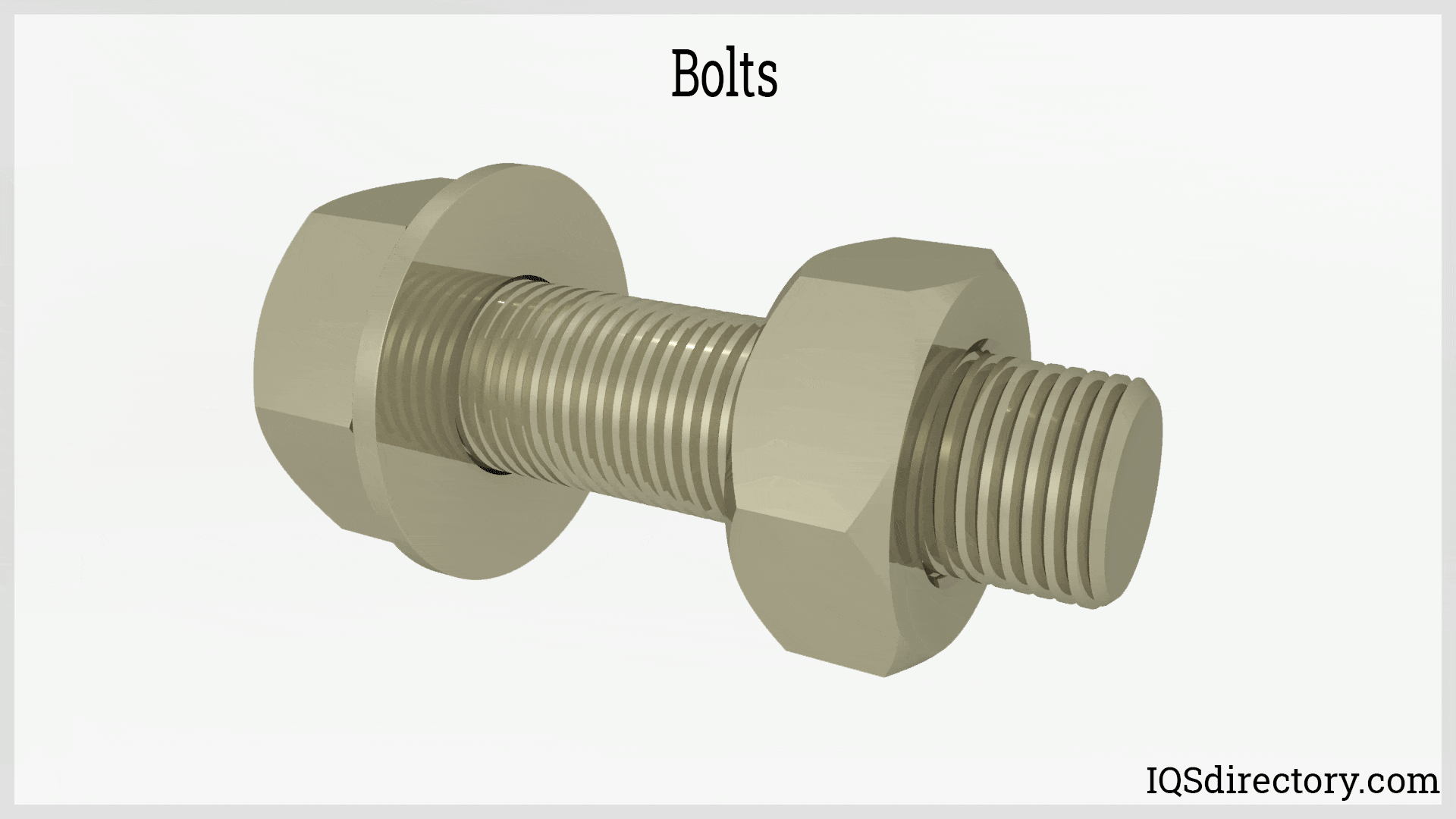
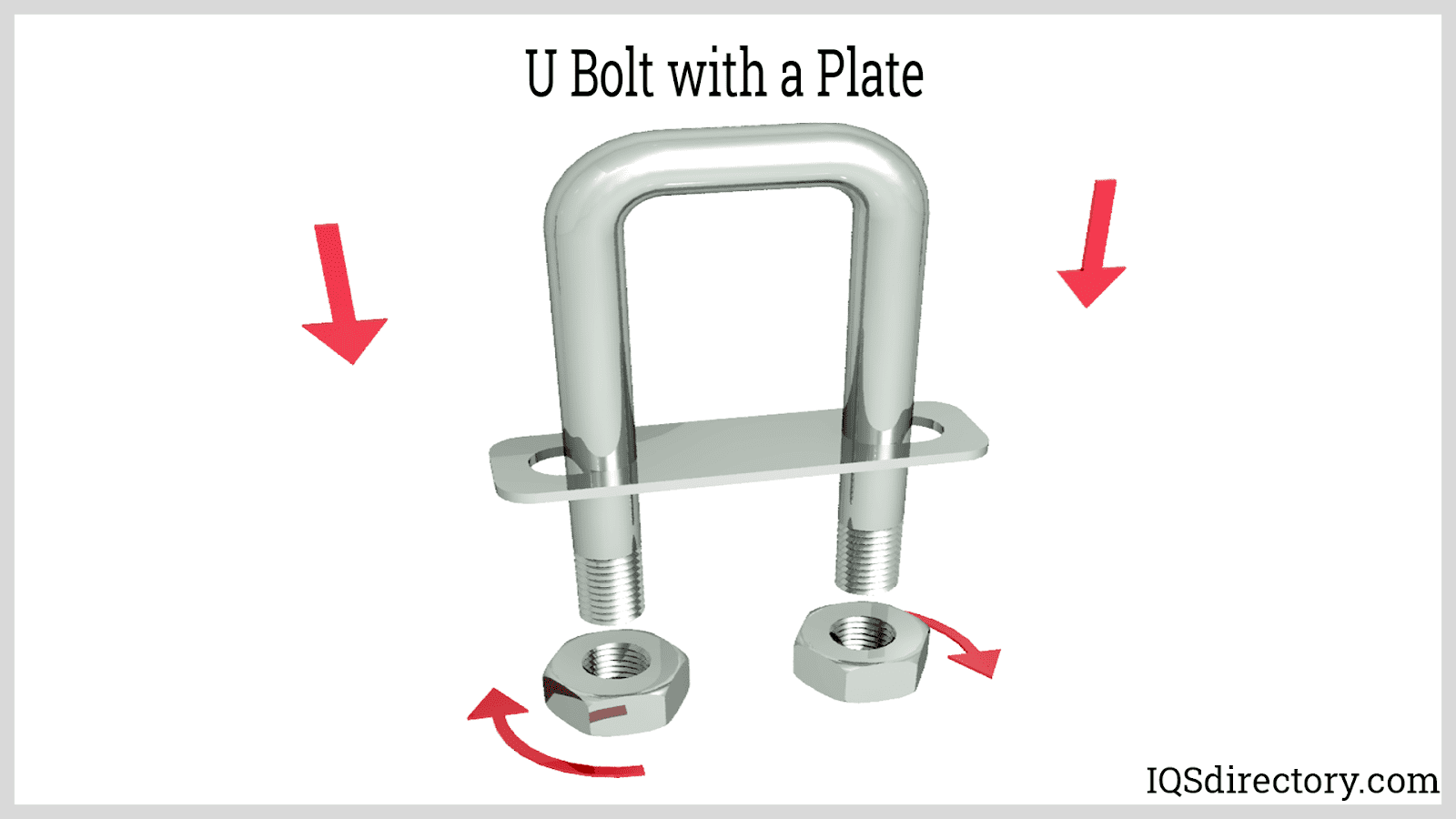
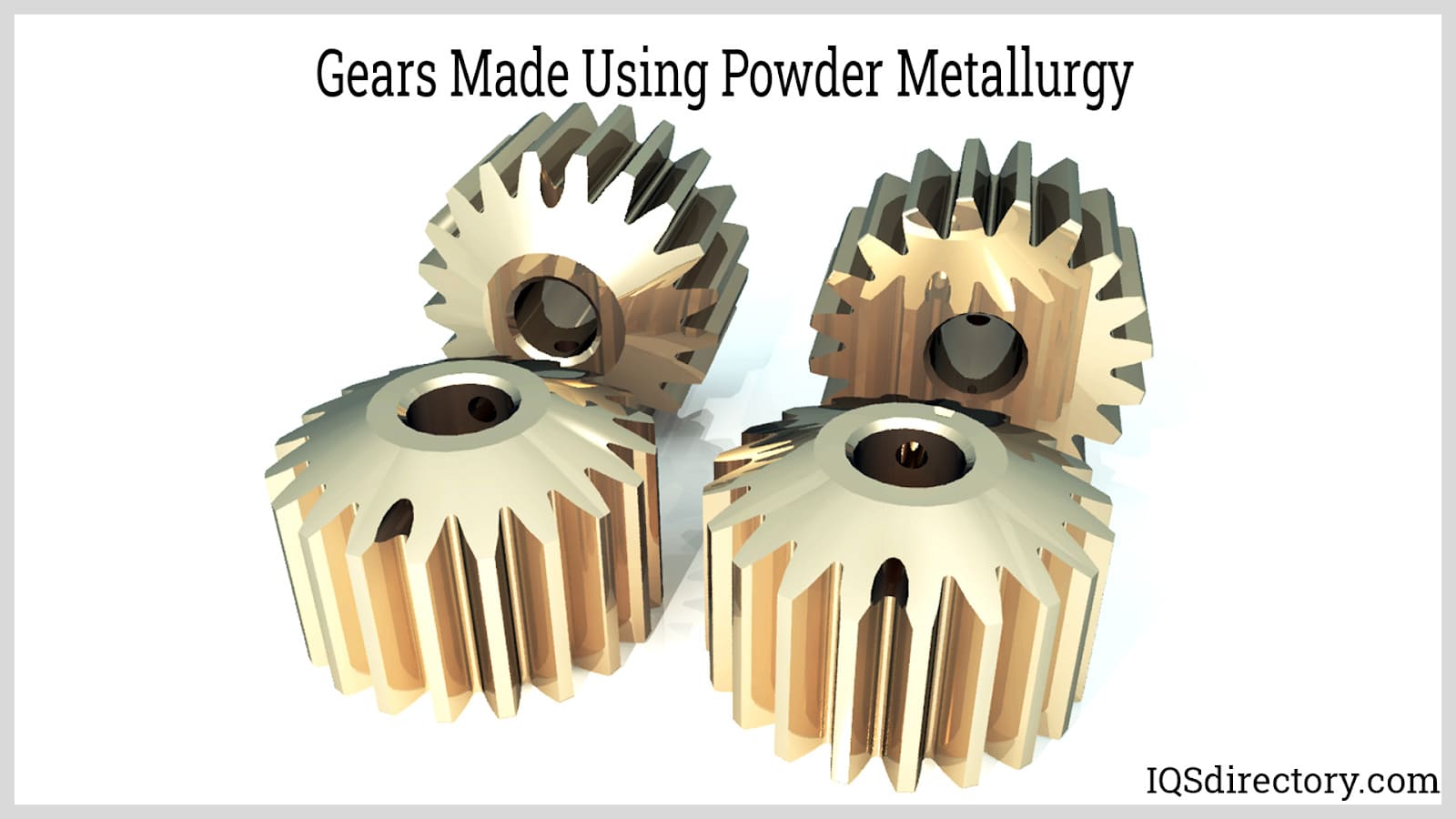
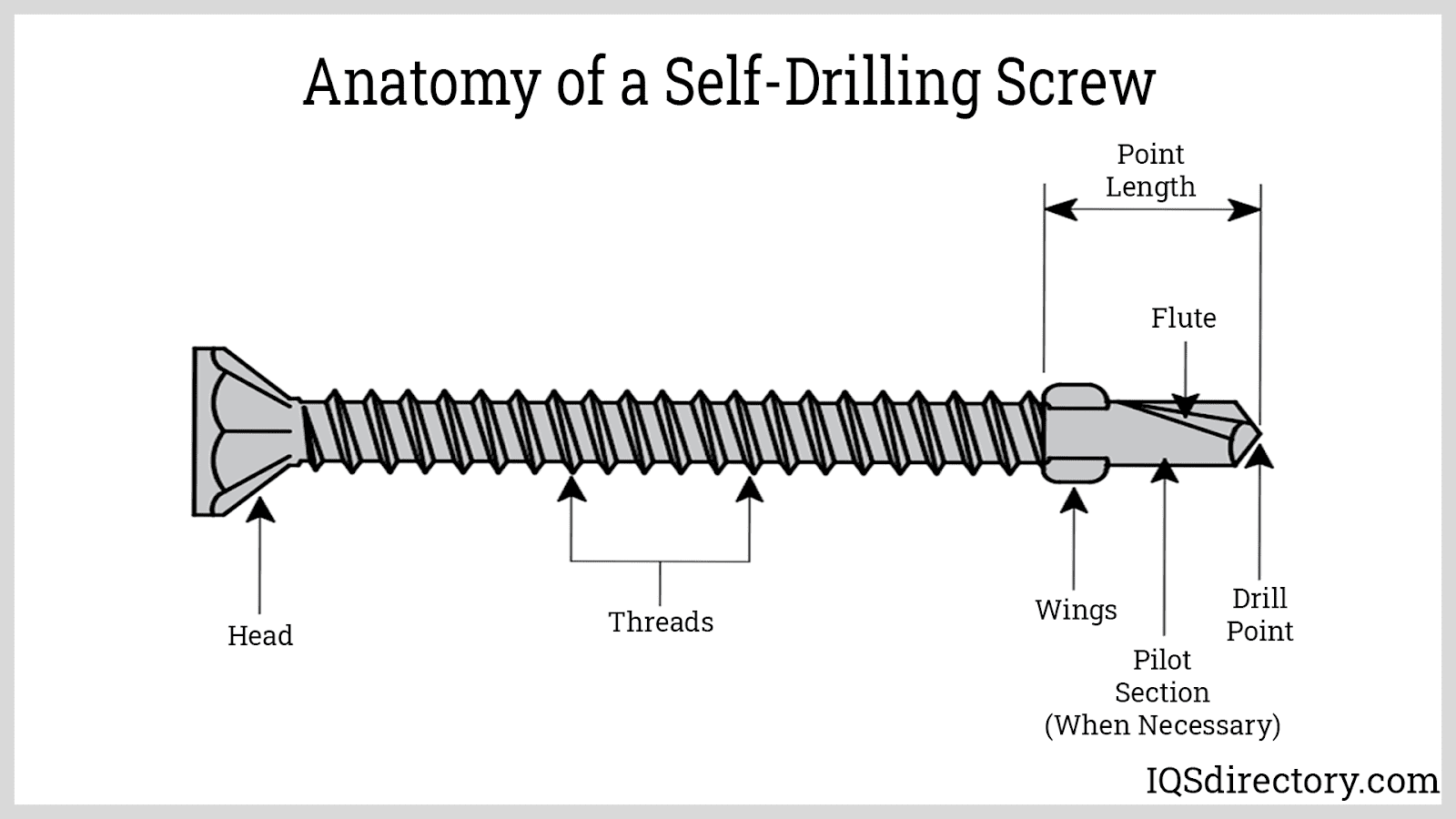
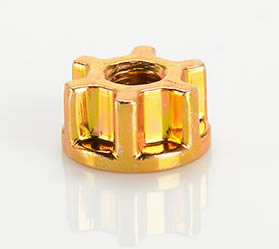 Cold Headed Parts
Cold Headed Parts Expanded Metals
Expanded Metals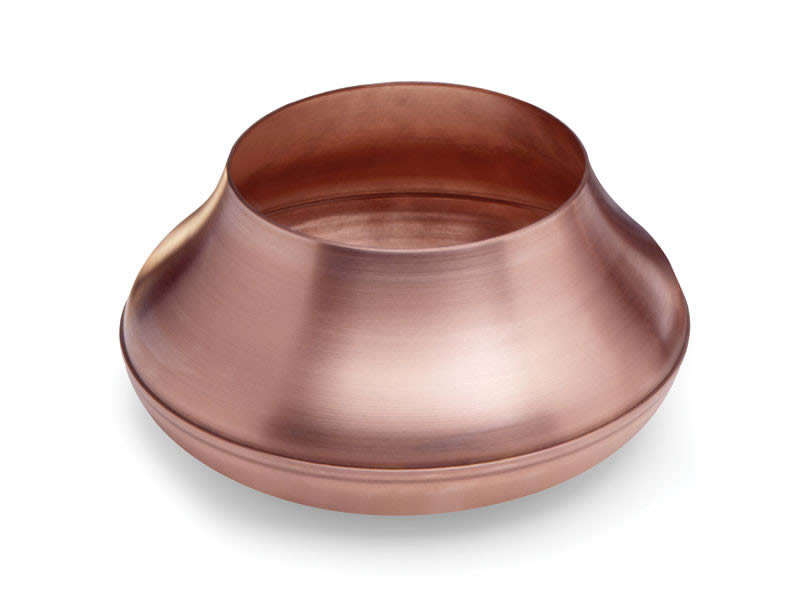 Metal Spinning
Metal Spinning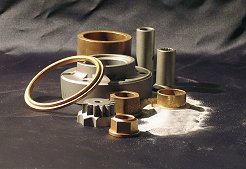 Powdered Metal Parts
Powdered Metal Parts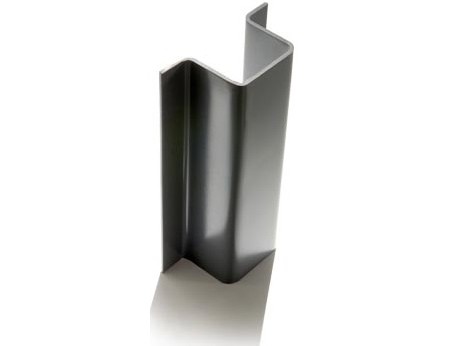 Roll Forming
Roll Forming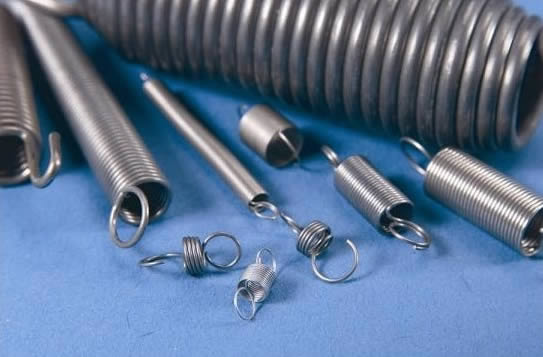 Springs
Springs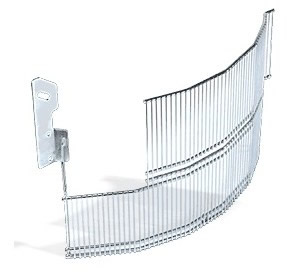 Wire Forms
Wire Forms Wire Mesh
Wire Mesh Castings & Forgings
Castings & Forgings Bulk Material Handling
Bulk Material Handling Electrical & Electronic Components
Electrical & Electronic Components Flow Instrumentation
Flow Instrumentation Hardware
Hardware Material Handling Equipment
Material Handling Equipment Metal Cutting Services
Metal Cutting Services Metal Forming Services
Metal Forming Services Metal Suppliers
Metal Suppliers Motion Control Products
Motion Control Products Plant & Facility Equipment
Plant & Facility Equipment Plant & Facility Supplies
Plant & Facility Supplies Plastic Molding Processes
Plastic Molding Processes Pumps & Valves
Pumps & Valves Recycling Equipment
Recycling Equipment Rubber Products & Services
Rubber Products & Services